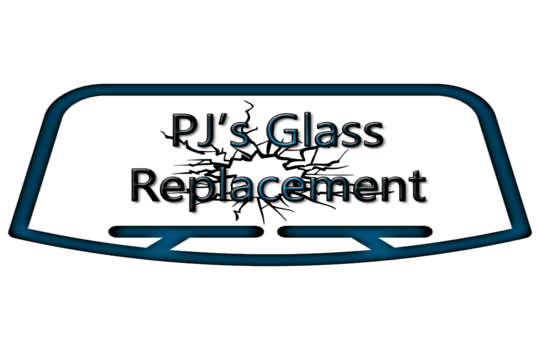Up To $500 Cash Rebates Available Ask Us How! (480) 331-7882
Why Replacing a Cracked Windshield is Important
Tom Moor
There are risks involved with driving with a cracked windshield.
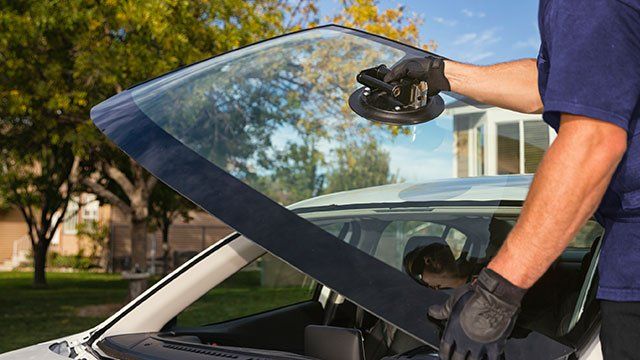
A chipped or cracked windshield is not only an unsightly blemish on a car, it can be a major safety issue, auto experts say.
Experts say driving with a damaged windshield risks your life and the lives of drivers around you because you are more susceptible to get into an accident.
A damaged windshield — or one that hasn’t been properly set and glued into place — can pop out during a collision. The windshield also provides structural support for the car, meaning an improperly installed windshield could even cause the roof to collapse.
The windshield is part of the structural integrity of the vehicle, and protects occupants during an accident, especially a rollover accident. The A-pillars of vehicles are getting thinner, and the windshield is more a safety feature now than 40 years ago. If a windshield is not replaced properly, it won't adhere to the vehicle properly.
Driving with a cracked windshield is dangerous
Many smaller chips are easily fixable by a reputable auto glass expert. But if the chip is too large, or it expands to the length or width of a credit card, it will likely need to be replaced.
Standard windshields are made of two transparent pieces of glass that are glued to a vinyl resin in the center. The vinyl resin helps keep the glass in place during impact or a collision and stops shards of glass from flying, which can cause serious injury or death.
However, experts say once the vinyl resin, or safety layer, has been cracked or chipped, the windshield is unable to withstand much more impact, and cannot protect as well the driver and passengers. A large crack can also negatively impact your vision and reflect sunlight glare, making it difficult to see.
Auto Glass Replacement Arizona
Many cracks and chips can be repaired for less than $100. But if the chip gets too big to repair, or if the original crack was too deep or wide, you may need a qualified professional to replace the windshield.
Although the windshield replacement process often takes less than an hour, you'll want to find a professional who has the right tools and expertise to do the job. A technician should first replace the rubberized weather stripping that holds the windshield to the frame of the car along the edges of the glass. Typically, after removing any exterior trim and the weather stripping, a coating of adhesive is applied along the edges of the windshield frame, before lifting the glass into place.
Most late-model vehicles have windshields that are glued in place. The old windshield must first be cut out of the vehicle. Then the body and glass are cleaned and prepped. The new windshield and moldings, if required, are reinstalled in the vehicle with a urethane-type glue and are allowed to cure for a short time before the car can be driven.
How Much Does A Windshield Replacement Cost?
The average price of a new windshield installation ranges from $170 to $300, or more. Many insurance policies will cover windshield replacement, but you'll need to check the details. If you have a $500 deductible, for example, you’ll likely end up paying for everything.
Experts say if you're not sure whether the windshield needs repaired or replaced, take it to a professional as soon as possible.
If a ding or star chip is not repaired quickly, it could spread into a crack, requiring replacement. Extreme heat or cold could cause stress on the impact spot and cause it to grow larger. Guidelines are different industry-wide, but mine is the damage should be about the size of a dollar or less. According to insurance recommendations.
Read online reviews to find a reputable auto glass company. Get at least three estimates and ask the technicians what process they use for replacement. To learn more about auto glass repair or replacement, go to the Auto Glass Safety Council
website, a not-for-profit organization that has established industry safety standards.
Your windshield is a structural component to your vehicle! It supports the roof and pillar area. With this in mind, it is very important to be sure that no corners are cut during the replacement process. If a windshield is installed improperly, it could fall out of the vehicle during a collision and allow the occupants to be ejected.
Editor's note: This is an updated version of an article originally posted on Oct. 10, 2013.
By Tom Moor
@TomMoorIndy
Tom Moor wrote for Angie's List Magazine and the Solution Center. The Indiana University graduate also penned a weekly automotive column.
When should I Replace My Autoglass
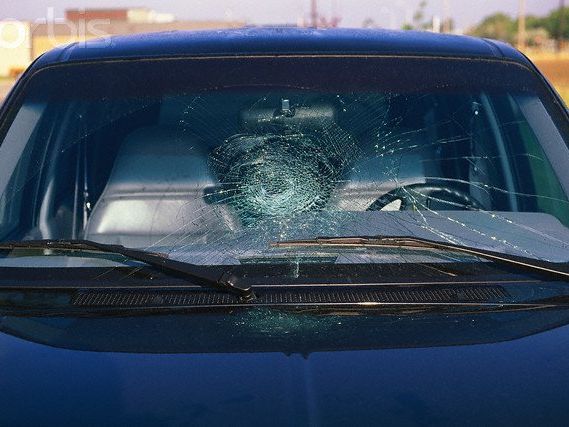
By PJ's Glass Replacement
•
November 4, 2024
The decision to replace your windshield usually comes down to its size., the type of glass and the size of the crack, according to Phoenix Auto Glass.
It’s generally a wise choice to have your windshield replaced when necessary:
The glass is tempered, rather than laminated.
The crack extends longer than a dollar bill.
The crack or chip is deep enough that it extends more than halfway into the windshield.
The crack or chip reaches the outer edge of the windshield.
Another valuable resource is your insurance company; they can probably direct you to a trustworthy auto glass shop.

By PJ's Auto Glass
•
August 1, 2024
Windshield Crack Repair in Phoenix, AZ can save you a lot of money in the long run. A ticket can cost between $100 - $150. If you're driving around Phoenix, Arizona, with a cracked windshield, it's crucial to understand the legal and safety implications. Arizona law mandates that driving with auto glass damage obstructing the driver’s vision is illegal.
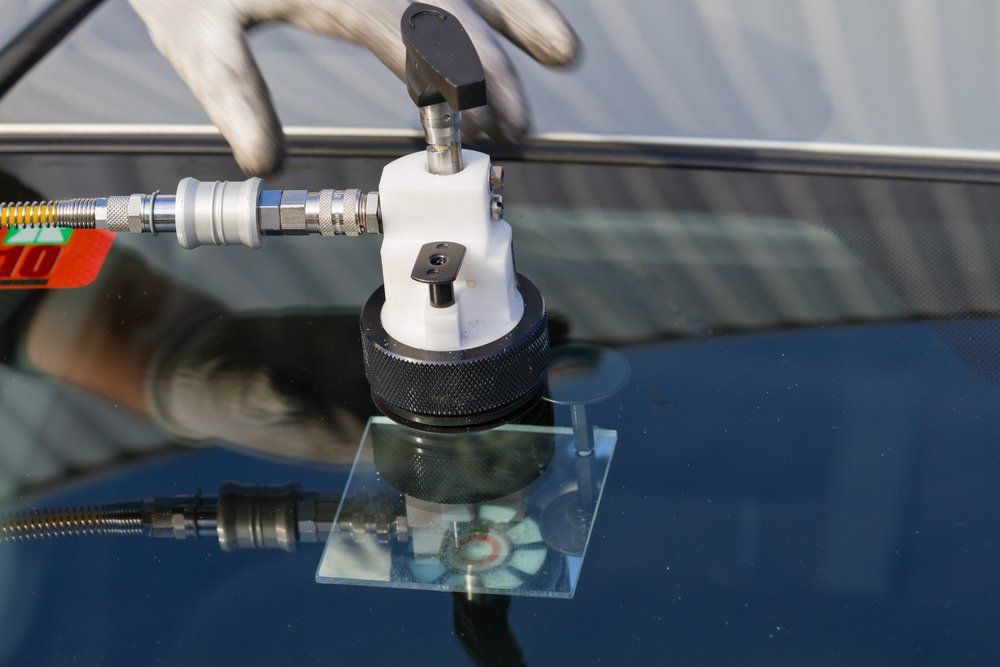
By PJ's Auto Glass
•
January 27, 2023
Are you fed up with chips in your auto glass? Tired of dealing with the hassle and expense of replacing the entire window? Look no further than PJ's Auto Glass for an innovative solution: chip repair services. For years, this Arizona-based business has been providing reliable service to customers across the state—and beyond.
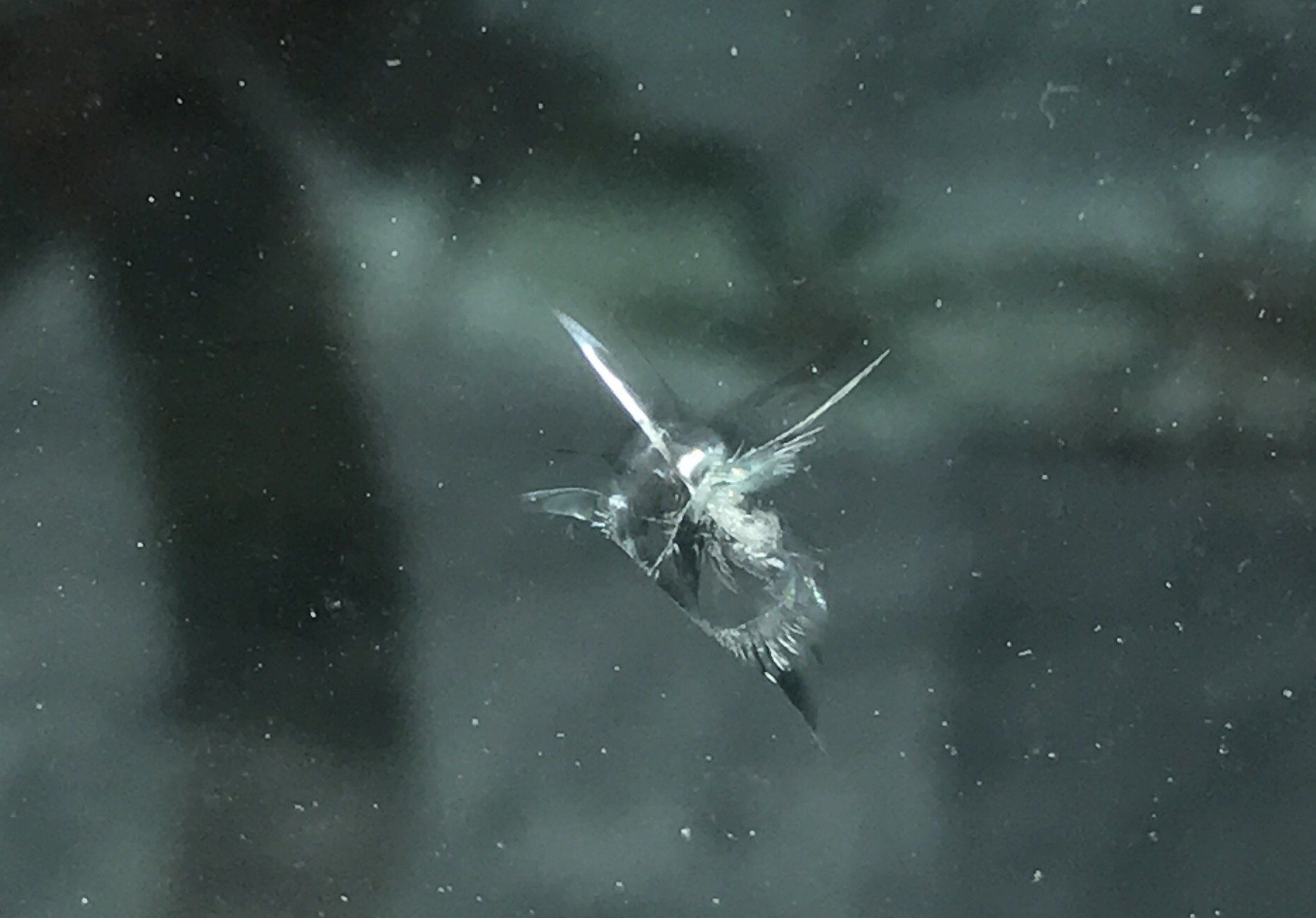
By PJ's Auto Glass
•
January 27, 2023
Are you looking for an affordable chip repair service in Arizona? Look no further than PJ’s Auto Glass! Whether it's a small crack or rock chip, their experienced technicians provide reliable and quality services at an unbeatable price. With years of experience and the latest technology, they can bring your windshield back to its original condition without breaking the bank. Keep reading to learn more about this amazing auto glass company that offers top-notch services.
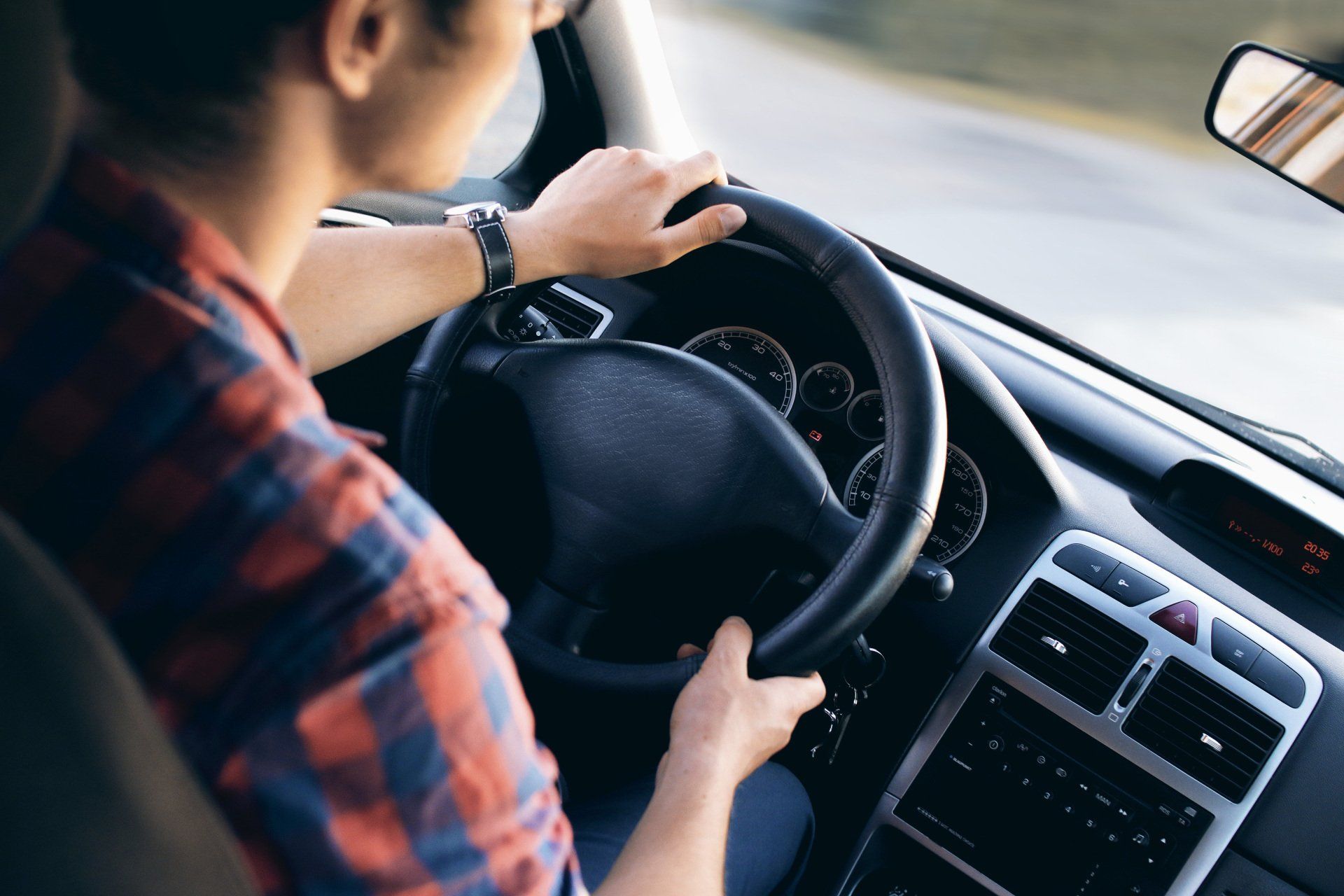
By PJ's Auto Glass
•
January 26, 2023
Driving safely through the stunning deserts of Arizona is a feat that requires both skill and luck. With PJ's Auto Glass, you can be sure to make your journey as smooth as possible with their chip repair services. As if they were weaving a tapestry of safety around every vehicle on the road, PJ’s team of experienced professionals will help ensure no unexpected surprises come along your way. Let’s take a closer look at how this incredible service works so you can hit the open roads worry-free!
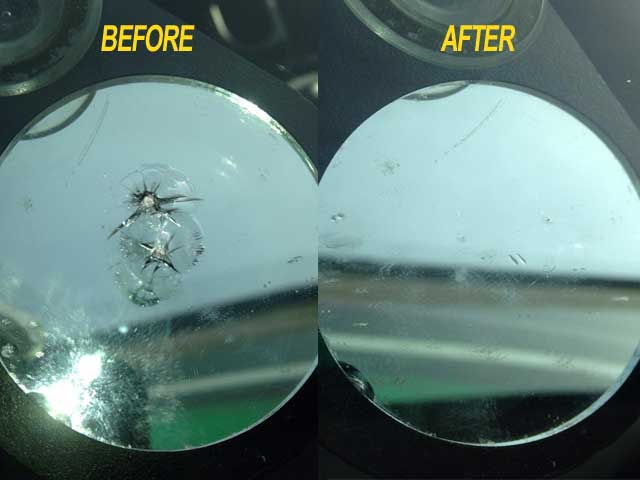
By PJ's Auto Glass
•
January 25, 2023
Are you driving around with a cracked windshield? It’s estimated that one out of every three vehicles on the road in Arizona has at least one chip or crack in the glass! If so, don’t wait until it’s too late to get those chips repaired. PJ's Auto Glass is here to help. We offer comprehensive chip repair services from our locations throughout Arizona, and we guarantee quality workmanship for all of our customers.

By PJ's Auto Glass
•
January 24, 2023
Visiting an auto glass repair shop is like stepping into a doctor's office for your car. It may not be the most exciting errand, but it’s necessary to ensure that you and your vehicle can stay safe on the road. When it comes time to visit PJ's Auto Glass in Arizona for chip repair, there are five telltale signs to look out for before making the appointment.
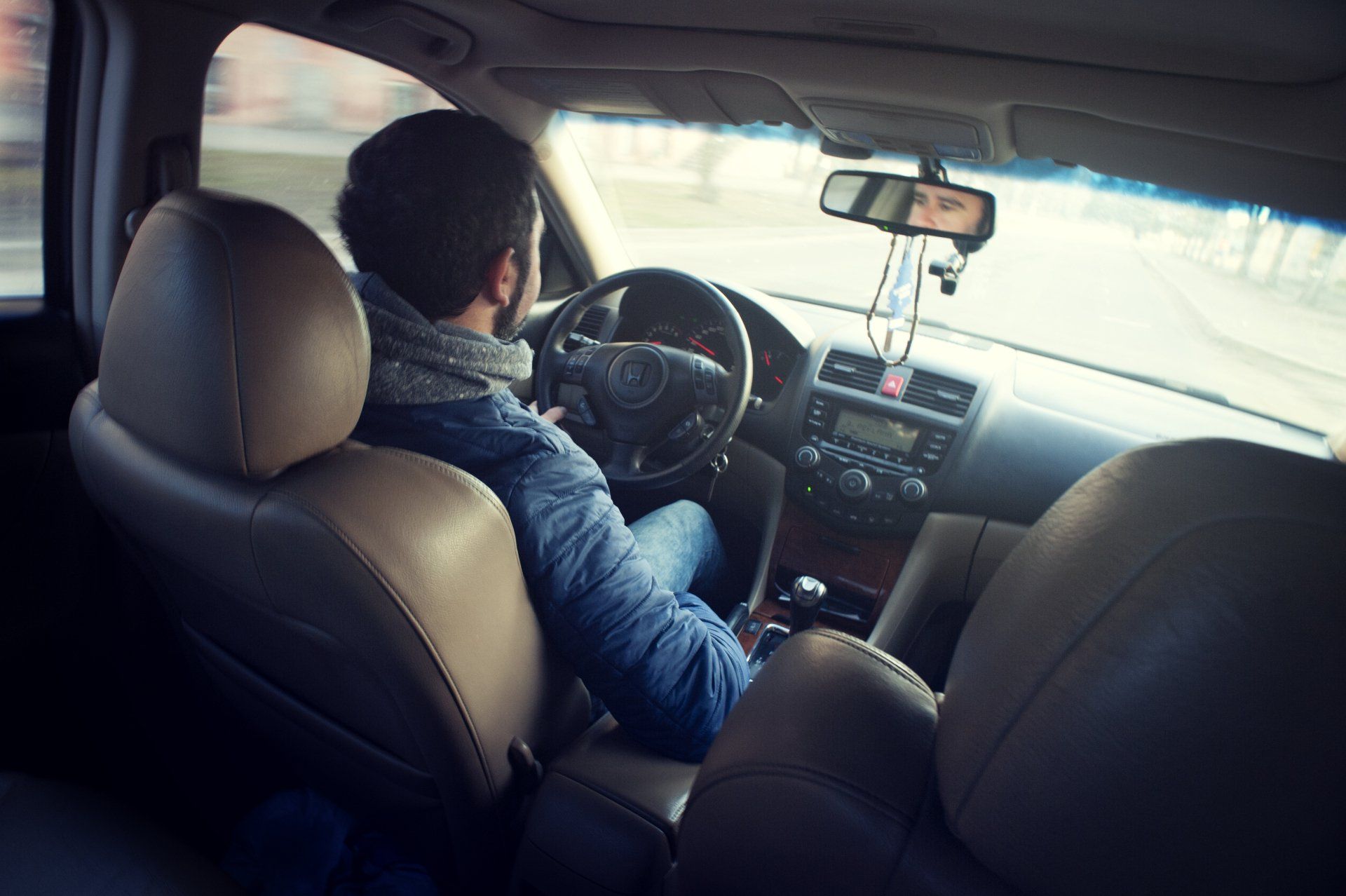
By PJ's Auto Glass
•
January 23, 2023
If you live in Arizona, you know that the roads can be a bit...challenging. From potholes to cacti, it’s no wonder why so many drivers find themselves with chipped windshields. But don't worry – there's an easy fix! PJ's Auto Glass is here to save the day and has been helping Arizonans keep their vehicles road-ready for years. In this article, we'll explore just why Arizona drivers trust them for chip repair and what sets them apart from other providers. So buckle up because you're about to take a journey into auto glass perfection!

By PJ's Auto Glass
•
January 21, 2023
PJ's Auto Glass in Arizona is the go-to destination for chip repairs. It's a magical place where broken glass can become like new again, restoring crystal clarity to your windshield and windows. When you need expert care for chipped or cracked auto glass, PJ's is the answer.
